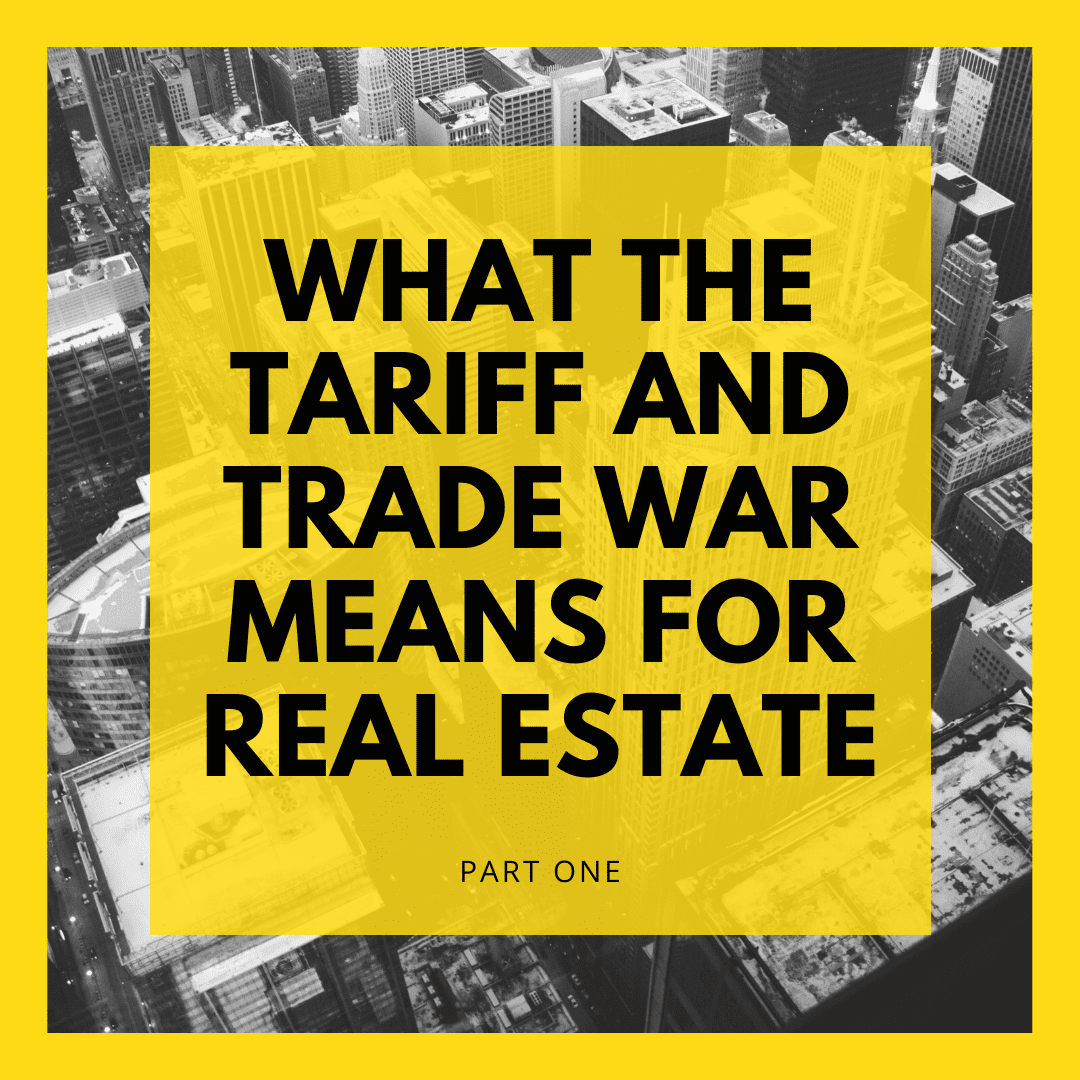
What the Tariff and Trade War Means for Real Estate
Despite negotiations, it is likely we will see even more tariffs go into effect. This creates waves of uncertainty for the real-estate industry, which relies on China for a big chunk of its building materials. For example, Chinese imports to the U.S. in 2017 accounted for 42% (by value) of all electrical machinery and equipment. Similarly, iron and steel imports from China in 2017 accounted for 31% (by value) of all the goods in that product group.
China, in turn, has fired back with tariffs of its own on $60 billion in U.S. goods. This also includes building materials like bricks, wood flooring, pipes, and tubes.
Opinions are mixed at this point. Some commercial real estate pros say the situation with China has been an issue for a while and the industry has already absorbed the impact. However, the projected 150% increase in tariffs will make it impossible for companies to avoid passing costs down to consumers. Developers and builders may be forced to buy more expensive materials domestically, if they aren’t doing so already. This will mean pricier rents and condos. As for construction costs, they could go even higher, which could reduce the size and scope of ongoing projects or curtail future projects. Since developers typically plan deals two to four years out, they have a bit of an edge in predicting any effects on their individual projects. Deals that were underwritten without accounting for higher prices are most likely to be at risk. There are many impacts of a trade war.
- Trade Expansion Act of 1962 authorizes the president of the United States to impose tariffs on imports from other countries if the quantity or circumstances surrounding those imports threaten national security.
- 2%, the actual percentage of total steel the U.S. imports from China.
- A new deal to remove tariffs on metal from Canada and Mexico is designed to prevent Chinese steel from being shipped to the U.S. through these nations.










